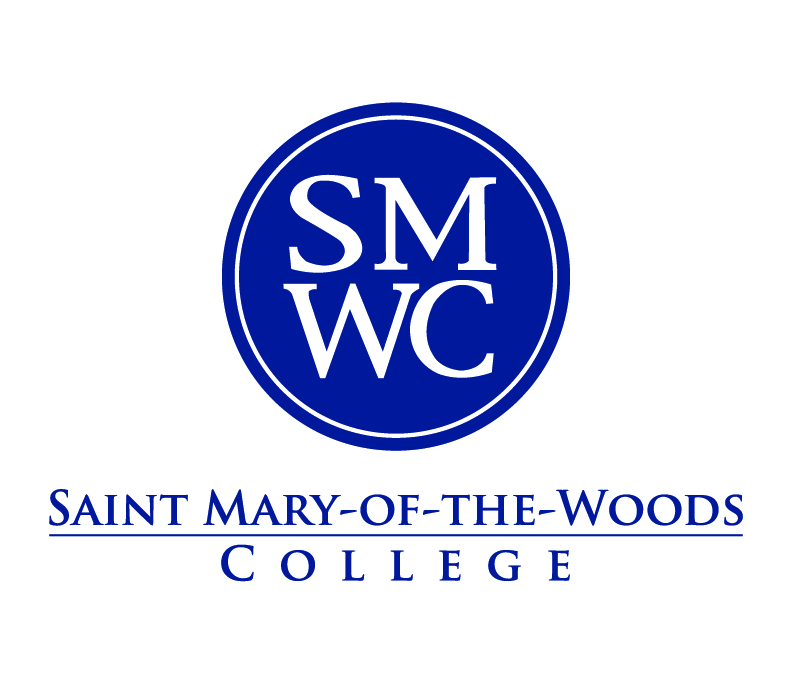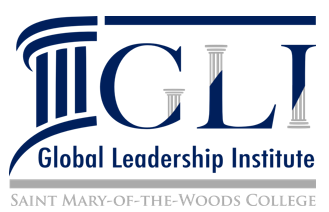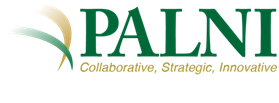Higher Education and Higher Inequality
Case Study
DOI:
https://doi.org/10.59319/arete.v2i1.843Keywords:
Gender inequality, higher education, human resources, ethical leadership, social change theory, discrimination in the workplaceAbstract
Background: This case study focuses on gender inequality in a higher education setting. It involves both human resources and leadership management situations. By participating in this study, students will be able to do the following: critically examine a gender inequality case study; recommend a solution or outcome regarding a case of gender inequality in a global setting; and justify and defend their decision-making skills in uncertain and complex ethical situations and gender inequality. This case study is best suited for undergraduate students in a human resource, ethical leadership, or social change theory course. In addition, this case study is also appropriate for business professionals in the human resource field. Objectives and Learning Outcomes: Learning outcomes include: 1) Critically examine a gender inequality case study; 2) Recommend a solution or outcome regarding a case of gender inequality in a global setting; 3) Justify and defend their decision-making skills in uncertain and complex ethical situations and gender inequality; 4) Research examples of gender inequality in the workplace. Some information has deliberately been excluded from the case study to promote further research and discussion to give students an opportunity to give an end to the story. Teaching Notes: Teaching notes are available with this case study.
Downloads
Published
How to Cite
Issue
Section
License
Copyright (c) 2024 Emilee Roberts, Director of Strategy and Impact, Elisabetta Vitolini-Mroski, Certified Executive Coach

This work is licensed under a Creative Commons Attribution-ShareAlike 4.0 International License.
The Αρετή (Arete) Journal of Excellence in Global Leadership is an open access journal and follows the Creative Commons License (CC-BY 4.0). Copyrights for articles published in this journal are retained by the authors, with first publication rights granted to the journal. The journal/publisher is not responsible for subsequent uses of the work. It is the author’s responsibility to act on any infringement. The journal is published in electronic format and the journal does not provide printed copies of the published issue.
More about CC-BY-4.0:
The CC-BY-4.0 is an attribution-ShareAlike license. It is considered a "copyright" free and open source. This license lets others remix, tweak, and build upon your work (even for commercial purposes) AS LONG AS they credit you and license their new creations under identical terms.










